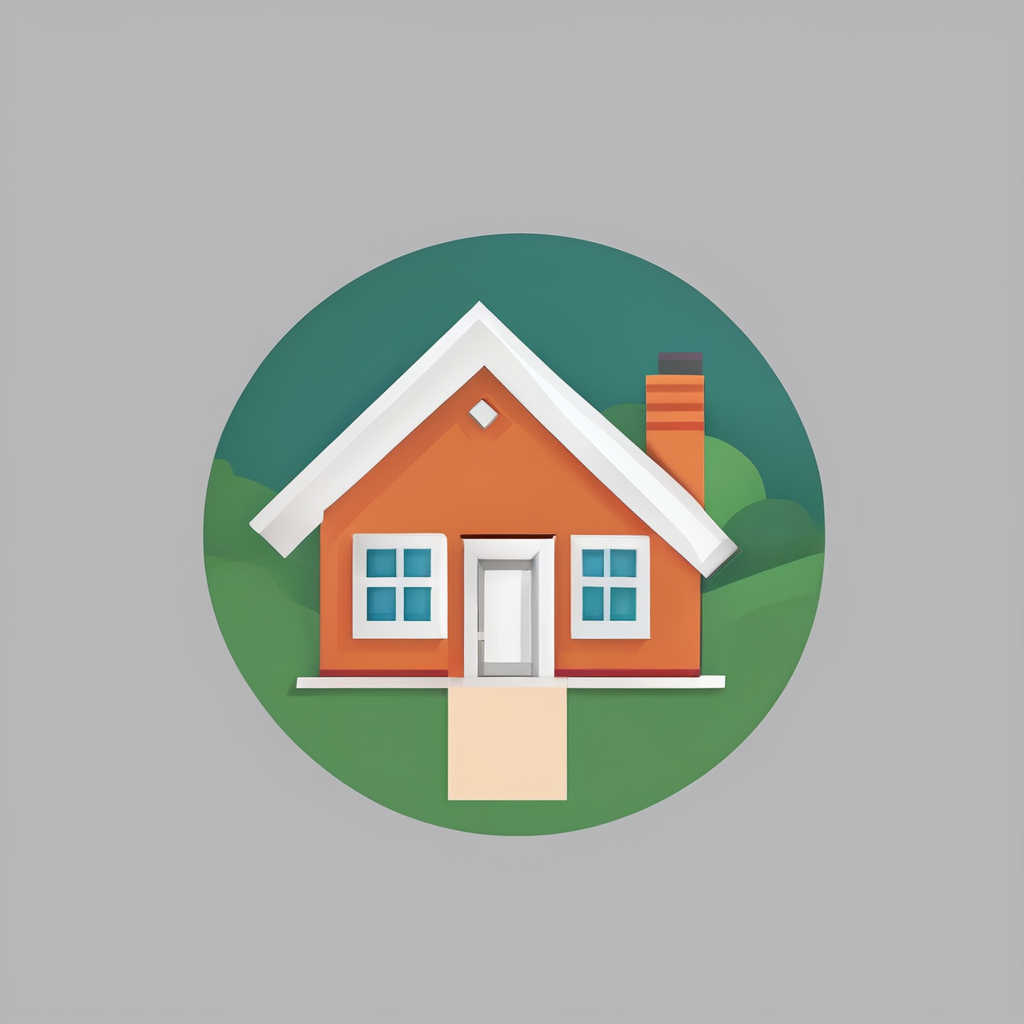Key Accessibility Features in Homes
Creating an accessible home involves incorporating specific accessibility features that cater to the needs of disabled individuals. When considering an accessible home design, one of the primary elements is the inclusion of wheelchair ramps. These structures are essential for navigating elevation changes, providing smooth access to different sections of a home.
Another critical component is ensuring wide doorways and hallways. These spaces enable wheelchair maneuverability, making it easier for individuals to move freely without obstruction. Standard doorways may not suffice, hence, implementing wider passageways is a practical consideration.
Have you seen this : Key factors to think about when buying a property with a private dock in southampton
When it comes to accessible bathrooms, it’s vital to install grab bars. These bars are strategically placed to offer support and stability, typically around the toilet and shower areas. Moreover, roll-in showers are an exceptional feature for accessibility in bathrooms. They eliminate the need for stepping over a ledge, allowing easy and safe entry for wheelchair users.
In summary, adapting these key features into residential design significantly impacts the comfort and independence of individuals with disabilities, promoting an inclusive environment where everyone can thrive.
Also to discover : How York’s Flooding Legacy Influences Property Prices: Essential Insights for Homebuyers
Local Regulations and Guidelines for Accessible Homes
Navigating the landscape of building accessible homes involves understanding local regulations, particularly in Manchester. The city’s building regulations are tailored to ensure that accessibility features are integral parts of residential designs. These regulations mandate the incorporation of provisions like wheelchair accessibility, including ramps and wide doorways, ensuring that homes are not just built for convenience but also inclusivity.
Both landlords and tenants have distinct rights and responsibilities when it comes to implementing accessibility features. For landlords, it’s imperative to comply with housing guidelines, ensuring the property is accessible to disabled individuals. Tenants, on their part, are entitled to request necessary modifications to make a living more comfortable. The Disability Discrimination Act forms the backbone of these guidelines, helping to enforce the need for such accommodations.
This act promotes equal access and prevents discrimination, ensuring that housing options are available to everyone, regardless of physical ability. Understanding these regulations and laws is crucial for anyone involved in the creation or adaptation of accessible homes, promoting an environment where all individuals can access suitable and safe housing.
Modifications and Adaptations for Current Homes
Transforming an existing house into a more accessible home can significantly enhance the quality of life for disabled individuals. Home modifications are essential to remove physical barriers and ensure safety and comfort. Common practices include installing grab bars in bathrooms and converting standard showers into roll-in showers. These adaptations reduce the risk of falls and facilitate independent use.
Accessibility adaptations also encompass broadening doorways and hallways to match wheelchair dimensions. These modifications are vital for seamless wheelchair mobility throughout the home. It’s worth considering financial assistance and grants available for such adaptations. Various local and national programs offer funding to ease the burden of out-of-pocket expenses.
When planning these changes, collaborating with experienced contractors skilled in accessibility adaptations is crucial. These professionals can provide practical and innovative solutions that respect the home’s aesthetics. Notably, choosing contractors who understand building codes related to accessibility ensures compliance with regulations.
Undertaking thoughtful renovations opens up a world where every room becomes accessible, turning personal spaces into inclusive environments. As you plan or execute modifications, leveraging resources can make the journey smoother and more affordable.
Sources for Accessible Housing in Manchester
Finding accessible housing resources in Manchester is crucial for individuals seeking inclusive living environments. A good starting point involves consulting a directory of real estate agents who specialise in accessible properties. These professionals can guide you through the process, ensuring you find homes that meet specific needs for disabled individuals.
Beyond real estate agents, several online platforms exist solely for listing accessible homes. Websites dedicated to such listings offer a comprehensive view of available properties, each detailing the features designed for disabled individuals. Examples include wheelchair accessibility and inclusive bathrooms.
Local government and nonprofit organizations also play a vital role in supporting those in need of accessible housing. They offer assistance programs and resources designed to make the search for and adaptation of housing more manageable. These organisations often provide financial support and consultation services to facilitate housing solutions.
For those looking to relocate to more accommodating environments, leveraging these resources can substantially simplify the journey. By utilising dedicated agents, websites, and organisations, the process becomes less daunting, leading to successful placement in a property tailored for accessibility.
Personal Experiences and Testimonials
Delve into the personal stories of residents in Manchester to understand the real-life impact of accessible housing. Many disabled individuals recount challenges they faced when seeking suitable accommodations. For example, navigating properties without adequate accessibility features proved difficult. Stories of narrow doorways and bathrooms lacking basic supports like grab bars were common. But these obstacles gave rise to creative solutions.
Residents have turned to community insights for guidance, often finding support networks that provide crucial advice on adapting spaces to their needs. One resident shared how prioritising accessible home design transformed their daily life. By working with knowledgeable advocates and supportive neighbours, they were able to secure a home that offered independence and safety.
These positive outcomes highlight the importance of personalisation in housing solutions. Testimonies reveal that features for disabled individuals go beyond just practical solutions—they enhance quality of life and foster a sense of belonging. Through networks and shared experiences, many residents have successfully adapted to their spaces, celebrating breakthroughs that have made their homes truly accommodating.

